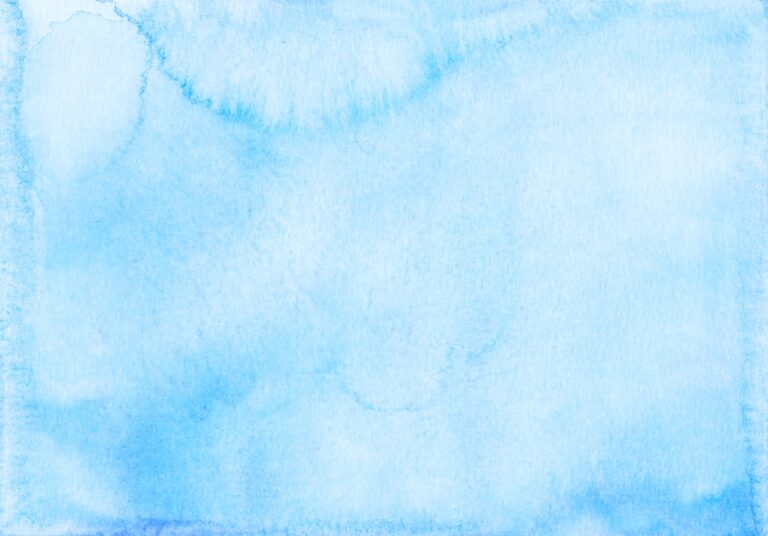Unleash Your Creativity: The Ultimate Guide to Creating Stunning Digital Art Pictures
Digital art is a form of artistic expression that utilizes digital technology as a medium. It encompasses a wide range of artistic styles and techniques, including digital painting, photo manipulation, 3D modeling, and animation. Unlike traditional art forms, digital art is created using electronic devices such as computers, tablets, and smartphones, along with specialized software and tools. This allows artists to manipulate and create images in ways that were previously impossible with traditional media.
One of the key advantages of digital art is its versatility and flexibility. Artists can easily experiment with different styles, colors, and compositions without the need for physical materials or extensive cleanup. Additionally, digital art offers the ability to easily edit and revise artwork, making it an ideal medium for both beginners and experienced artists. With the rise of digital platforms and social media, digital art has become more accessible and widely recognized as a legitimate form of artistic expression.
Digital art has also opened up new opportunities for collaboration and interaction within the artistic community. Artists can easily share their work online, collaborate with others on projects, and even sell their artwork through digital platforms. As technology continues to advance, the possibilities for digital art are endless, making it an exciting and dynamic field for artists to explore.
Choosing the Right Tools and Software
When it comes to creating digital art, choosing the right tools and software is crucial for achieving the desired results. There are a wide variety of digital art tools available, ranging from drawing tablets and styluses to graphic design software and 3D modeling programs. It’s important for artists to consider their specific artistic goals and preferences when selecting the right tools for their work.
For digital painting and illustration, a high-quality drawing tablet and stylus are essential tools for achieving precision and control. There are many options available on the market, ranging from budget-friendly options to professional-grade tablets with advanced features such as pressure sensitivity and tilt recognition. Additionally, artists should consider investing in graphic design software such as Adobe Photoshop or Procreate, which offer a wide range of brushes, effects, and editing tools for creating stunning digital artwork.
For 3D modeling and animation, artists will need specialized software such as Blender or Autodesk Maya, which provide powerful tools for creating three-dimensional models and animations. These programs offer a wide range of features such as sculpting tools, rigging and animation capabilities, and rendering options for creating realistic and immersive digital art.
Mastering Composition and Color Theory
Composition and color theory are fundamental aspects of creating compelling and visually appealing digital art. Composition refers to the arrangement of elements within an artwork, including the placement of objects, shapes, and lines to create a balanced and harmonious composition. Color theory, on the other hand, explores the principles of color mixing, harmony, contrast, and saturation to create visually engaging artwork.
When it comes to composition, artists should consider elements such as balance, focal points, and leading lines to guide the viewer’s eye through the artwork. By carefully arranging elements within the composition, artists can create a sense of movement, depth, and visual interest in their digital art. Additionally, understanding the principles of perspective and proportion can help artists create realistic and immersive environments in their artwork.
Color theory plays a crucial role in setting the mood and atmosphere of digital art. Artists should consider factors such as color harmony, contrast, and temperature to evoke specific emotions and convey meaning in their artwork. By experimenting with different color palettes and combinations, artists can create dynamic and visually striking compositions that capture the viewer’s attention.
Exploring Different Techniques and Styles
Digital art offers a wide range of techniques and styles for artists to explore and experiment with. From digital painting and photo manipulation to 3D modeling and animation, there are endless possibilities for creating unique and expressive artwork. Each technique and style offers its own set of challenges and opportunities for artists to push their creative boundaries.
Digital painting allows artists to create stunning illustrations and paintings using digital brushes and tools. Artists can experiment with different brush styles, textures, and blending modes to achieve a wide range of effects and styles in their artwork. Photo manipulation involves combining and editing photographs to create surreal or fantastical compositions, offering endless possibilities for creating imaginative and visually striking artwork.
For artists interested in 3D modeling and animation, there are numerous techniques and styles to explore. From character design and environmental modeling to rigging and animation, 3D art offers a wealth of creative opportunities for artists to bring their ideas to life in three dimensions. Additionally, artists can experiment with different rendering techniques and styles to achieve realistic or stylized visuals in their 3D artwork.
Incorporating Textures and Effects
Incorporating textures and effects is an important aspect of creating visually engaging digital art. Textures can add depth, dimension, and tactile qualities to artwork, while effects such as lighting, shadows, and atmospheric elements can enhance the mood and atmosphere of the composition. By carefully incorporating textures and effects into their artwork, artists can create immersive and visually striking compositions that captivate the viewer’s attention.
There are many ways to incorporate textures into digital art, including using textured brushes, overlays, or photo textures to add depth and visual interest to the artwork. Artists can experiment with different types of textures such as wood grain, fabric patterns, or natural elements to create unique and expressive compositions. Additionally, using layer blending modes and adjustment layers can help artists seamlessly integrate textures into their artwork while maintaining control over the overall composition.
Effects such as lighting, shadows, and atmospheric elements play a crucial role in setting the mood and atmosphere of digital art. By carefully manipulating light sources and shadows within the composition, artists can create dramatic or atmospheric effects that enhance the overall visual impact of their artwork. Additionally, incorporating elements such as fog, rain, or other environmental effects can add depth and realism to the composition.
Tips for Enhancing Your Digital Art Skills
Enhancing your digital art skills requires dedication, practice, and a willingness to experiment with new techniques and styles. Here are some tips for improving your digital art skills:
1. Practice regularly: Set aside dedicated time each day or week to practice your digital art skills. Whether it’s sketching, painting, or experimenting with new techniques, consistent practice is essential for improving your artistic abilities.
2. Study from reference: Studying from reference images or real-life objects can help you develop a better understanding of form, lighting, and composition. Use reference images as a guide for creating more realistic and accurate artwork.
3. Experiment with different styles: Don’t be afraid to step out of your comfort zone and experiment with different artistic styles. Trying new techniques or styles can help you discover new ways of expressing yourself through your artwork.
4. Seek feedback: Sharing your artwork with others can provide valuable feedback and constructive criticism that can help you identify areas for improvement in your artwork.
5. Take online courses or workshops: There are many online resources available for learning new digital art techniques or refining your skills. Consider taking online courses or workshops to expand your knowledge and improve your artistic abilities.
Showcasing and Sharing Your Artwork
Once you’ve created stunning digital artwork, it’s important to showcase and share your work with others. There are many ways to showcase your artwork online or in person, including creating an online portfolio, participating in art exhibitions or conventions, or sharing your work on social media platforms.
Creating an online portfolio is a great way to showcase your best work in a professional manner. There are many portfolio websites available that allow you to easily create a personalized portfolio to showcase your artwork to potential clients or collaborators.
Participating in art exhibitions or conventions can provide valuable exposure for your artwork while allowing you to connect with other artists and art enthusiasts. Consider submitting your artwork to local galleries or participating in art fairs or conventions to showcase your work to a wider audience.
Sharing your artwork on social media platforms such as Instagram, Twitter, or Facebook can help you reach a larger audience while connecting with other artists and art enthusiasts. Use hashtags or join online communities related to digital art to connect with like-minded individuals who share an interest in your work.
In conclusion, digital art offers endless possibilities for creative expression through its versatile tools, techniques, styles, textures, effects, composition theories among others that allow artists to push their creative boundaries while reaching wider audiences through online platforms like social media or online portfolios. By mastering these aspects of digital art while enhancing their skills through practice & seeking feedback from others will help artists create compelling & visually appealing artworks that captivate viewers’ attention & leave a lasting impression on them whether it’s through exhibitions or sharing their work online.





